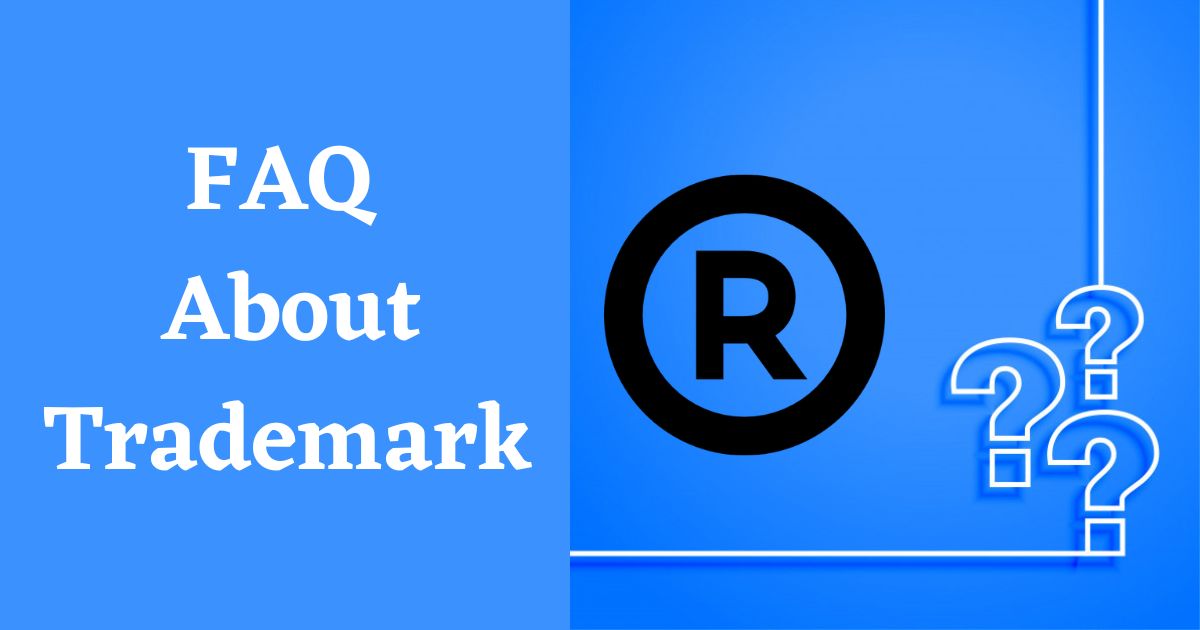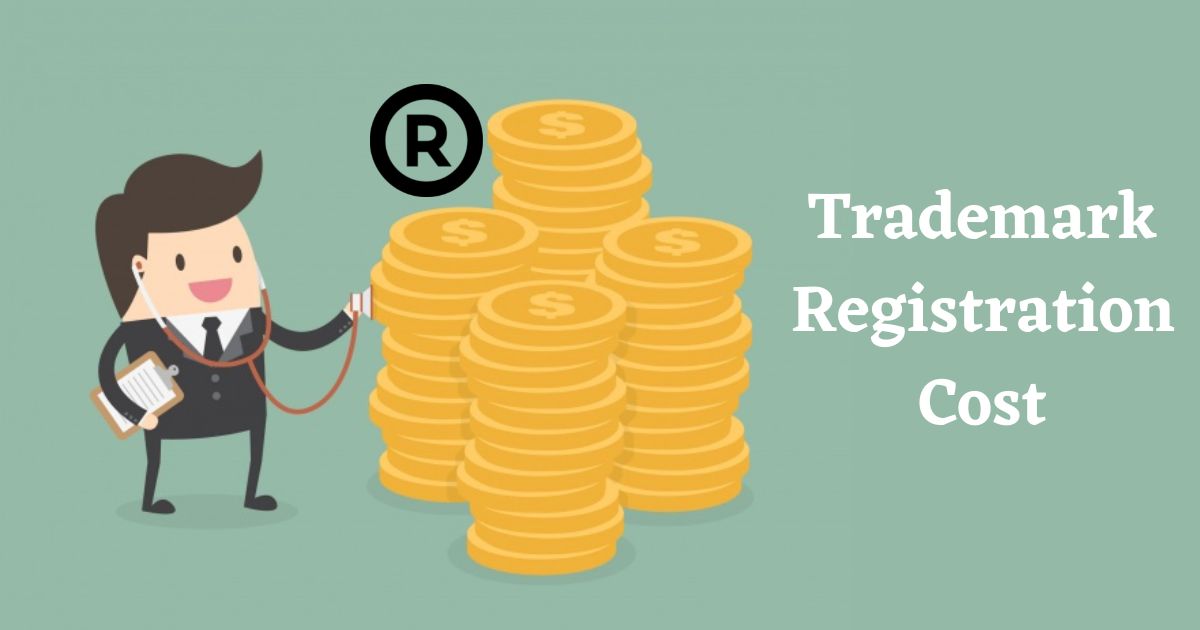All trademarks face objection. If not all, then it’s the story of at least 60 % of trademark application. Despite how correctly you’ve filed your application, something is always is missing. The reasons for trademark objections can go from simple to complex. So how to remove a trademark objection.
You have three choices:
- You can file a fresh new application in hopes that this one would get accepted.
- You can know the reasons behind the objection.
- Upon knowing the reasons behind the objections, you can file a trademark objection reply to rectify them.
All three methods have their merits. Let’s discuss each of them.
Filing a Fresh Application for Trademark Rgistration
It’s an approach that not many take. To file a trademark application again would mean:
- To once again do a trademark search.
- To once again verify the uniqueness of your trademark.
- To once again wait for the registrar to pick up your application.
As far as approaches go, it’s a slow process to apply for a trademark again. If you have time, you can go for it. But I am guessing that most who face trademark objections don’t have much time. It makes it necessary to know the trademark objection reasons.
Reasons behind Trademark Objection
Knowing why trademark objection happens will help you prevent facing it in the future. Following are some of the most common trademark objection reasons that make it easy for the registrar to object to your application:
- The application contains incorrect details: When filing any government form, you must put special care when entering the details. Even small mistakes are enough for the registrar to object to your application.
- Wrong specification of goods and services: Trademark registration happens for a particular class of trademark. Every trademark class represents specific goods and services. When filing the application, the trademark class and the goods and services should match. If they don’t, the trademark registrar objects to your application.
- Existence of a similar trademark: The Registrar only rewards trademark registration to unique trademarks. If your trademark is a copy of an already registered trademark, you should expect to face trademark objection.
- No distinctive character in the trademark: If your trademark is absent of any distinct character, it misses to fulfil the unique criteria of trademark registration.
- Deceptive trademark: If the Registrar feels that your trademark is deceptive and trying to create confusion among the consumers, it will object to your application.
There are other reasons why the trademark faces objections. But to deal with any of them, filing a trademark reply is necessary.
Filing a trademark reply
In most cases, you’ll be able to foresee whether you’ll face trademark objection or not. The trademark agents that guide you through the application process tend to monitor the application’s progress. Thus, expecting trademark objection, they start drafting a befitting trademark reply.
Different objections require different types of trademark replies. To respond to a trademark objection, you thus have to file a befitting reply.
- In case you’re facing trademark objection due to missing documents, submit the missing documents.
- In case you’re facing trademark objection due to incorrect classification, submit a trademark reply stating the correct trademark class.
- In case you’re facing trademark objection due to incorrect mention of goods and services, submit a trademark reply stating the correct ones.
- In case you’re facing trademark objection because your trademark is indistinct, submit a trademark reply supporting your belief that it’s distinct.
If you’re worried about trademark reply fees, don’t be. At Regalguru, we keep our services affordable for everyone. So, if you require assistance with trademark objection reply, contact us via +91 9716936280 and info@regalguru.in.







